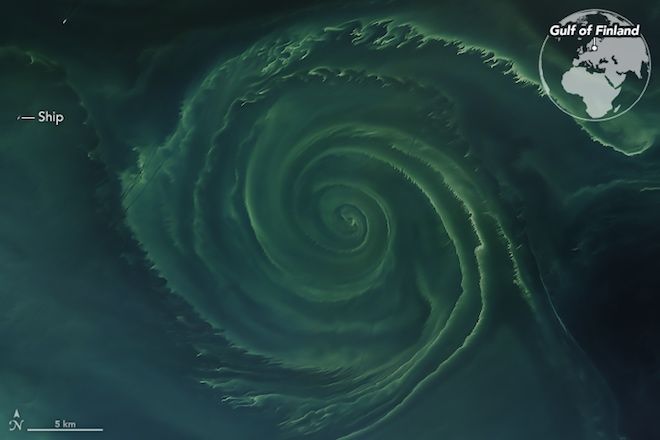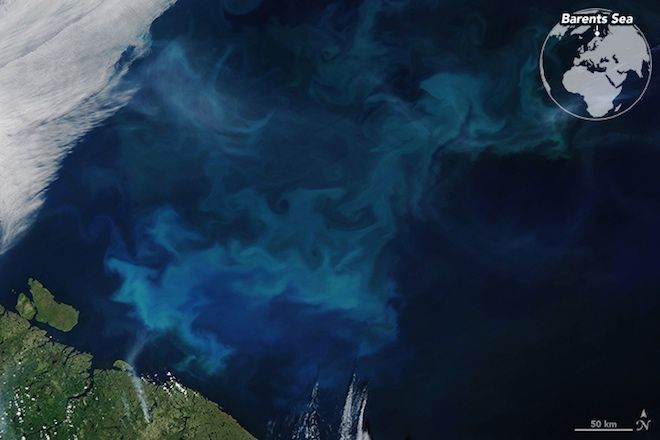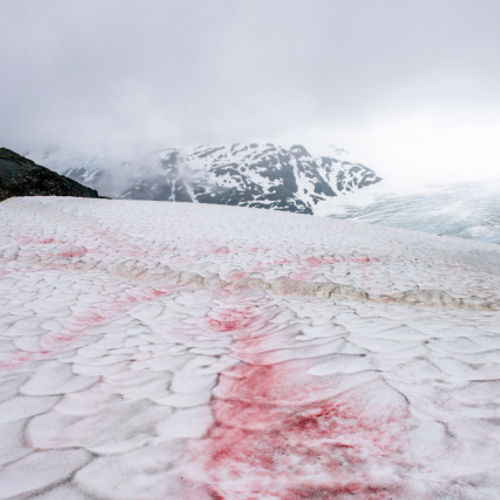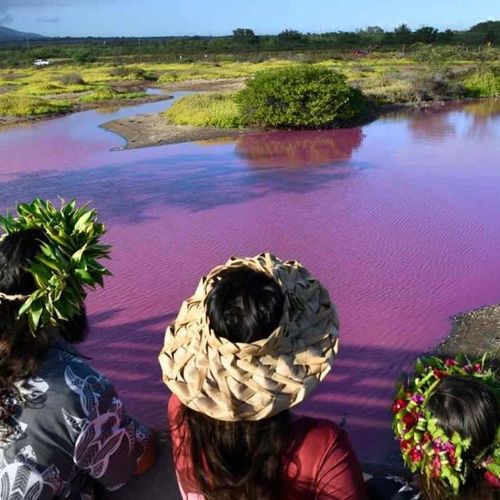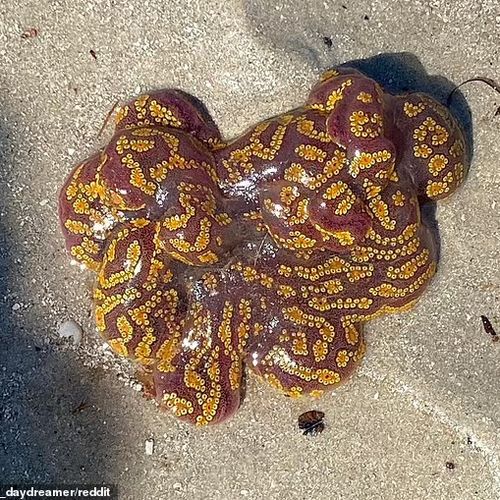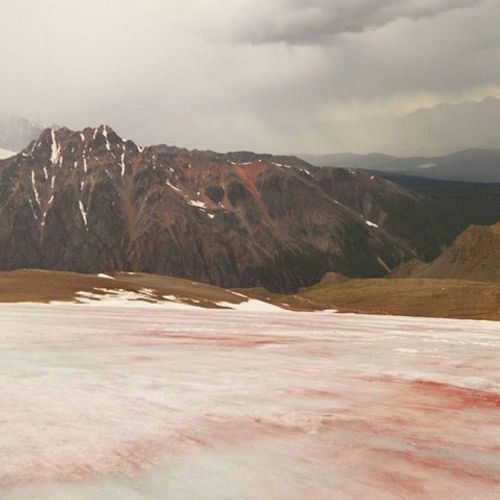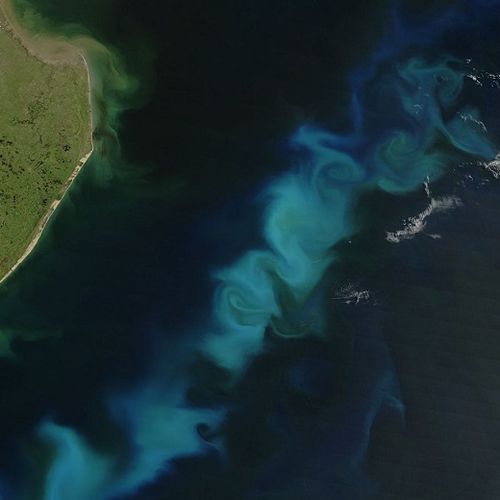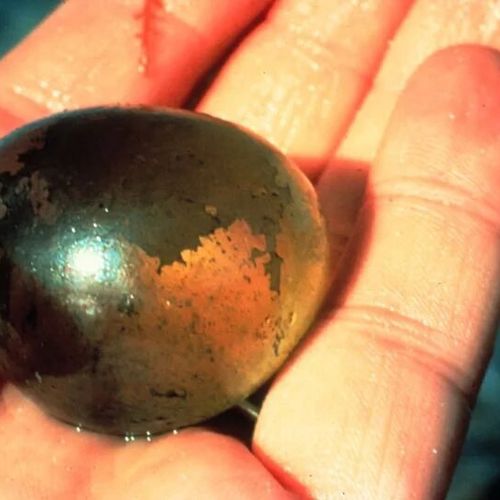
| Added | Wed, 25/07/2018 |
| Источники | |
| Дата публикации | Wed, 25/07/2018
|
| Версии |
Every summer, the phytoplankton is distributed in Northern basins of the Northern Atlantic and Arctic oceans, and bloom covers hundreds and sometimes thousands of kilometers. Nutrient-rich cool water, as a rule, more conducive to the growth of marine plants and phytoplankton than tropical waters. Bloom this summer in Nordic countries is particularly intensive.
The first image of green swirl of phytoplankton in the Gulf of Finland was received on 18 July Landsat-8. Ruffled edges suggest that the oceanic vortex picks up nutrients from the depths.
To accurately identify the type of organisms required water samples. But, most of all, it's cyanobacteria — blue-green algae, which like plants get and store solar energy through photosynthesis. Part of the trees may originate from diatoms, which are also rich in chlorophyll.
In recent years, the proliferation of algae in the Baltic sea has led to the regular appearance of dead zones. Phytoplankton and cyanobacteria consume the abundance of nutrients, which are mainly supported by runoff waters, sewage and agriculture, and breed in such huge quantities that their growth and decay Deplete the oxygen content in the water. According to scientists from the Finnish University of Turku, dead zone this year is estimated at about 70 000 square kilometres.
The research team from Finland and Germany recently reported that currently the level of oxygen in the Baltic sea is at its lowest point in 1,500 years. More frequent and massive blooms combined with warming seas due to climate change are making life difficult for fish and other marine organisms.
The second image, received on 20 July by NASA satellite "Aqua" shows bloom in the waters of Norway and Russia. Milk-white patterns are probably coccolithophoridae that have tiny calcareous shells. Change the brightness and colors associated with the concentration of phytoplankton, and depth, as coccolithophorid can grow to 50 feet below the water surface.
Translated by «Yandex.Translator»
Новости со схожими версиями
Log in or register to post comments


